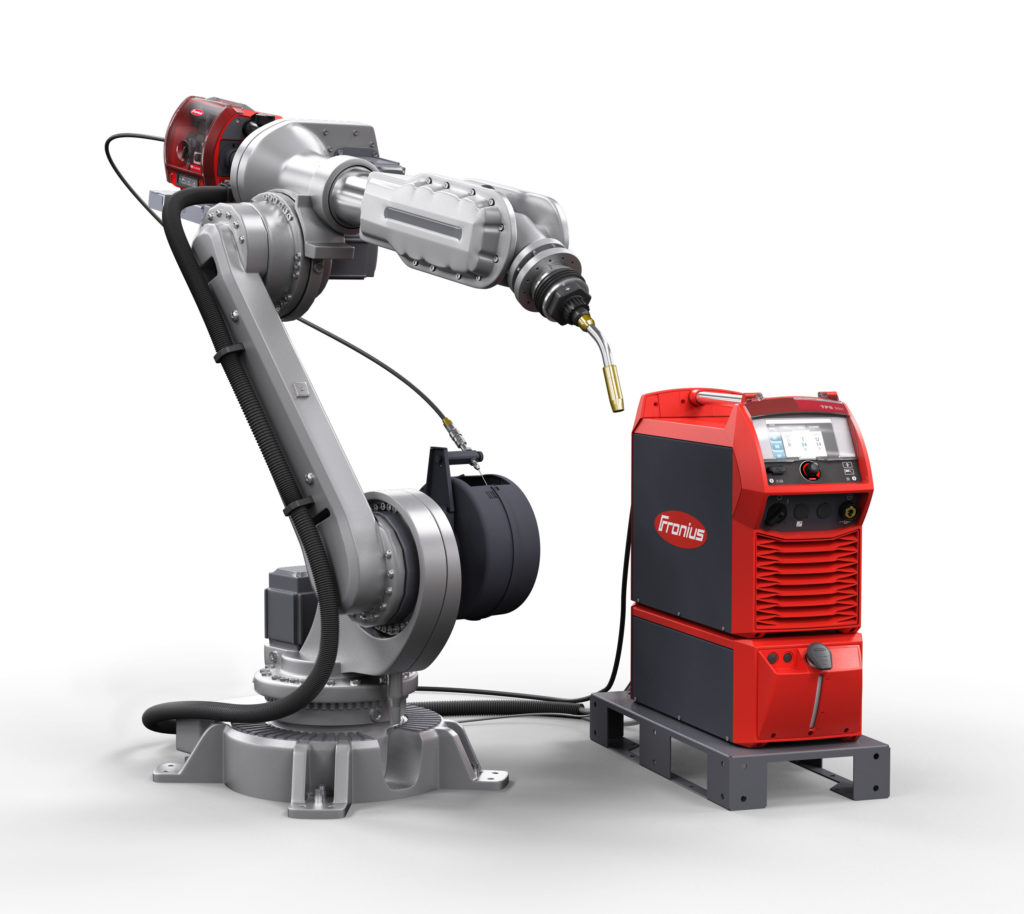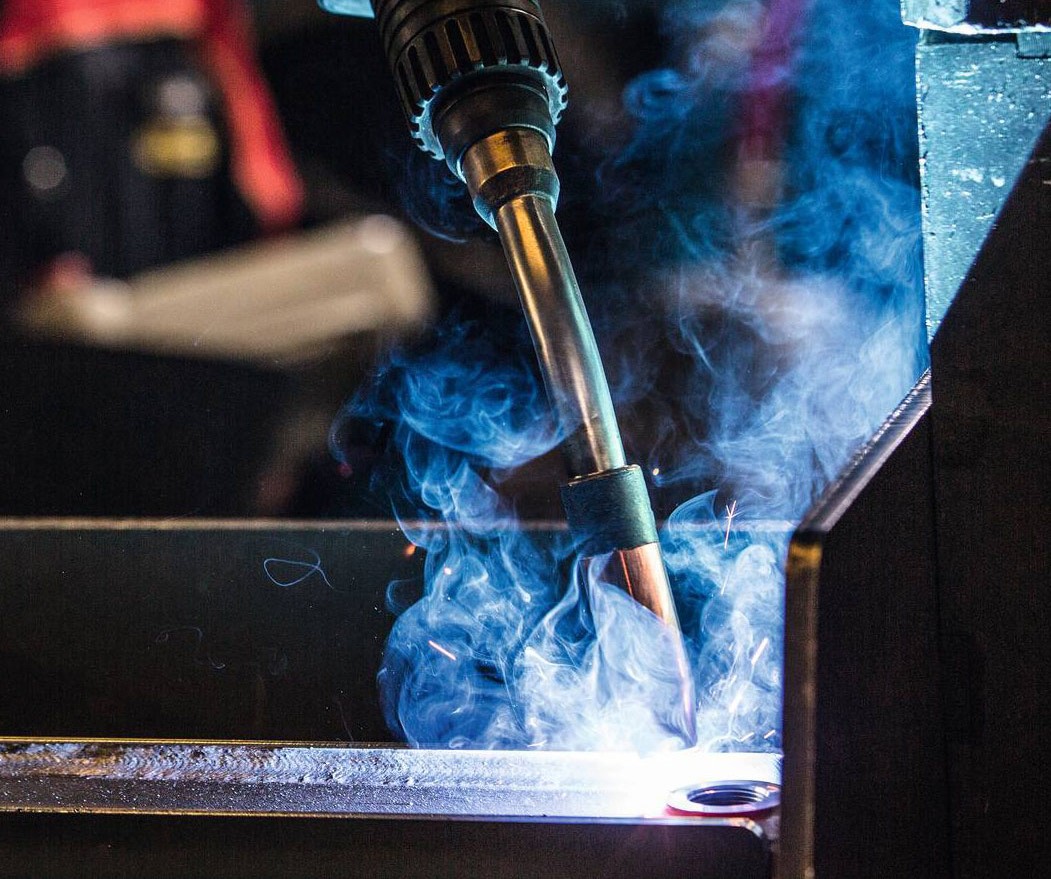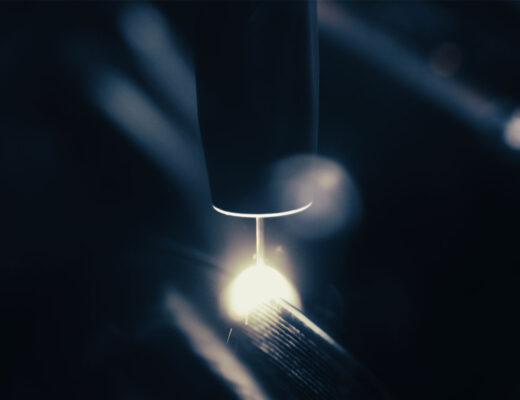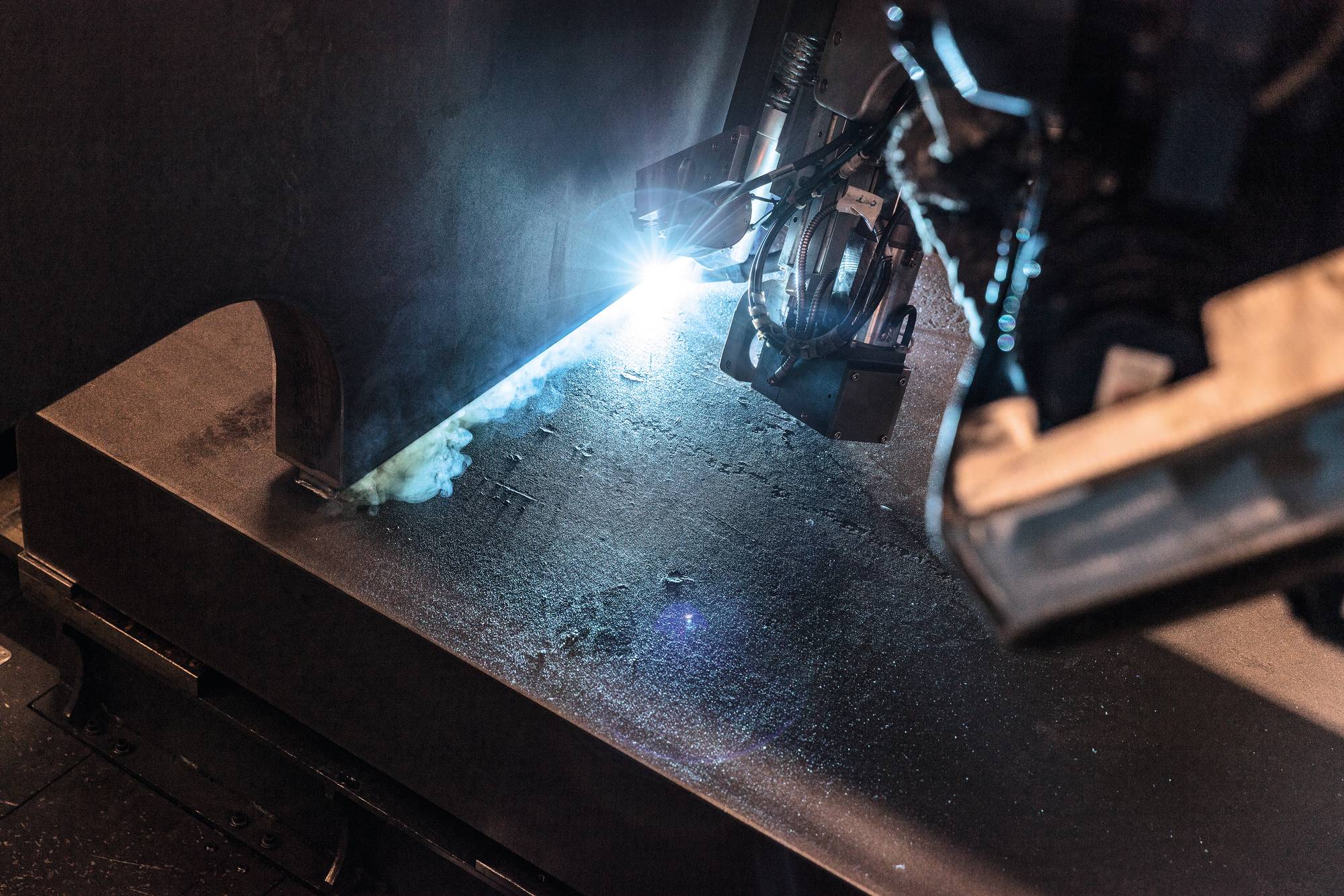Whether in the construction industry, mechanical engineering or the automotive and supply industry: steel is one of the most commonly used materials and is available in different alloys and in large volumes. Moreover, steel can be recycled without any loss and is easy to work. Push systems are often used for steel welding. They offer the advantages of a simple design and high productivity at a low cost.
The Challenges of Steel Welding
Manufacturers are often faced with significant challenges: competition and price pressure are extremely high, while at the same time customers expect high quality and good reliability. Consequently, production welding processes with high welding speeds that also create minimal need for rework are in demand.
What is a Push Welding System?
Push systems have a simple design and are easy to use. They mainly consist of a digitally-controlled power source, a wirefeeder controlled by the power source and manual or robot-operated welding torch. The motor in the wirefeeder feeds the wire forward through the hosepack and toward the welding torch. Unlike push-pull systems, an additional motor on the welding torch is not required. This means that the torch is very lightweight – a definite benefit for welders and robots alike.

Push Welding Systems: The focus here lies on higher levels of productivity, as high speeds with constant penetration and consistent quality are achieved.
Which Welding Processes are Used?
MAG welding is most often used for steel welding with a push system. The process variants that are most suited to this type of welding are Low Spatter Control (LSC) and Pulse Multi Control (PMC). They provide special assistance systems for both manual and robot-assisted applications that allow high-quality results to be achieved, even under tough conditions.
During the LSC dip transfer arc process, the droplets are transferred to the weld pool at a low power level. Droplet detachment takes place in a controlled manner and little if any welding spatter is created. This saves time and money during rework. The digital control of the power source enables a high degree of control over the arc: When the distance between the torch and the workpiece is changed the penetration stabilizer resets the wire, ensuring a constant welding current and therefore consistent penetration.
PMC uses a pulsed arc. This process is predominantly characterized by its high stability and deposition rate. As well as a penetration stabilizer, PMC also features an arc length stabilizer. This keeps the arc constantly short, thereby ensuring a stable welding process – even at high speeds and with varying air gaps and material thicknesses. This allows users to achieve a high degree of productivity when joining steel components.
An Overview of the Advantages of Push Systems:
- High productivity
- Simple and cost-effective design
- Easy to use and maintain
- Consistent weld seam quality
- High availability
- Excellent welding results
Find out more about the advantages and application options here: Push systems
 Perfect Welding Blog
Perfect Welding Blog




6 Comments
Adam
27. January 2020 at 6:33Thanks for sharing important information about steel welding. But I have a query, How does flux core arc welding have better deposition efficiency compared to MIG/MAG welding?
https://purnellsfabrications.com.au/structural-steel/
Garrett
11. November 2021 at 3:03I appreciate you going into detail about the difficulties of steel welding and the processes to overcome those challenges. This is a great article even for an experienced welder.
redakteur
11. November 2021 at 7:23Thank you very much for your feedback!
Claire Masters
14. February 2022 at 18:54Now I understand that structural steel welding is important and the fabrication of its material is cost-effective because of its fast recyclability rate. Of course, I would understand how you would have to construct at the most optimized cost. So, it is would be nice to get in touch with welders or contractors that can understand this.
redakteur
16. May 2022 at 7:54Hello! Thank you very much! You can contact us here: socialmedia.welding[at]fronius.com if you need something! We are happy to help you!
Angel17
21. March 2024 at 5:44Thanks for sharing this. cash for cars Fall River